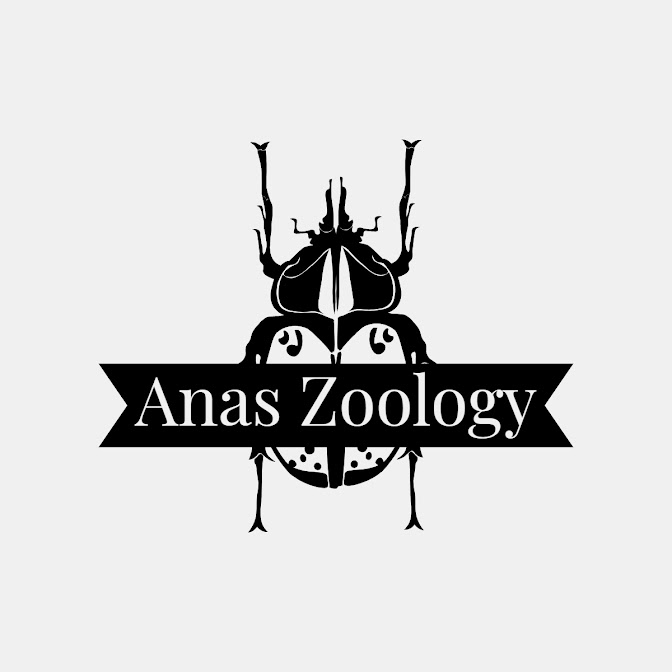Taxonomical Categories/Rank

Taxonomical categories/ranks represents the group of organisms sharing common characteristics/features. Example: Insects represents a group of organisms sharing common features like three pair of jointed legs. Taxonomical categories include Kingdom, Phylum (for animals) and Division (for plants), Class, Order, Family, Genus and Species. Kingdom is the highest taxonomical category and species is the lowest taxonomical category. To place an organism in a particular taxonomical category one must have a knowledge of the organisms characteristics. Taxonomical Categories: 1) Kingdom: It is the highest taxonomical category. There are 5 Kingdoms: Animal, Plants, Fungi, Protista and Monera Different organisms are placed in different kingdoms based on their characteristics. Example: a) Organisms that are multicellular, do not possess chlorophyll, cell wall is absent in cell, and are eukaryotic are placed in the Kingdom Animalia. e.g. Human, fishes, frog etc. b) Organisms that are multicellu...




.png)